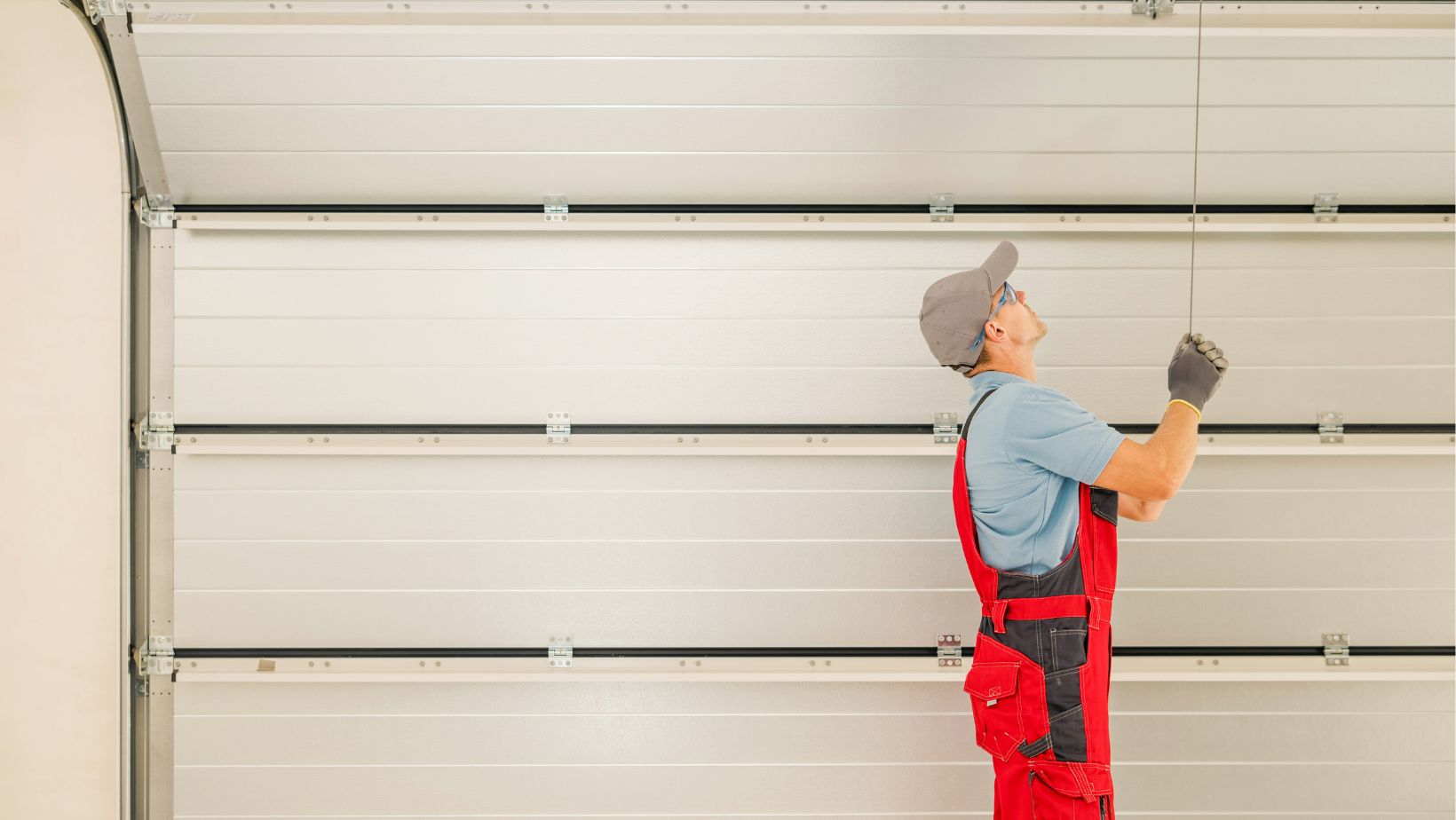Regular maintenance is the cornerstone to the well-operating system of your garage door and to a long life. Servicing by a professional is necessary from time to time but some things are left for you to do to keep your door in a good condition.
The lubrication of the moving parts, some wear and tear checks, and a DIY garage door service will save a lot of energy and money for tomorrow. In this article, you will find a complete manual where you can learn how to make a garage door service at home, so the door will be operated correctly and in a safe way.
Step-By-Step Guide To Do A Garage Door Service
1. Visual Inspection
Begin with a visual check of the entire garage door system, which includes the tracks, rollers, springs, cables, and hinges. Check for any signs of wear, rust, or damage that can interfere with the operation of the door. Also, check for any apparent dents or cracks in the door itself.
2. Tighten Hardware
Use a socket wrench to fasten any loose bolts, nuts, or screws on the garage door and its hardware. Inefficient operation of the door, once left unattended, may result in further damage. Make sure to switch off the power before doing any of this.
3. Lubricate Moving Parts
Use a lubricant that has been formulated for garage doors on all moving parts including rollers, springs, hinges, and tracks. Lubrication eliminates friction and makes the door function more smoothly, leading to a prolonged wear life for these elements.
4. Balance and Alignment Achievement
Pull the opener plug and lift the door by hand in the middle to make sure its track and the balance are adjusting properly. As soon as the door is fully opened, it must not deviate from the vertical position and move smoothly in the desired direction without any hindrance or sudden jerks. When the doors are either unbalanced or vibrating, it means that these doors are not aligned and the professionals intervene.
5. Inspect Weatherstripping
Look at the weather-stripping, which is usually on the ground next to the door, and look for evidence of wear and tear. Dampening seals that are afflicted by cracks, water leakage or weakening should be replaced as that can decrease the seal's effectiveness and provide proper conditions for storing water and insects.
6. Test Safety Features
Enhance the safety functions of remote garage door openers, which include the auto-reverse system, along with photoelectric devices. As the door closes, stick it with an object and hence the door gets to change direction at the point where it is blocked. This is to understand how properly it functions and also for future safety measures by the users.
7. Clean and Maintain
Decontaminate the outside of the garage door using mild detergent, and water and wipe away the dirt, dust, or other bodies from it. Rather than using a heavily chemical or aggressive cleaner that may strip the door’s coat, material, or paint, a softer option that offers consistent performance is recommended. Also, along with that, inspect the tracks and clean them especially if there is any accumulation of dirt or other substances that will obstruct the door’s movement.
8. Schedule Professional Inspection
Maintenance by yourself is good, but a professional inspection and servicing schedule for your garage door is vital. A certified technician can detect and resolve potential problems before they worsen and obstruct the continued safety and functionality of your garage door system.
Conclusion
Performing a garage door service at your house is a preventive action that ensures the consistent and uninterrupted operation of your garage door. By implementing the simple steps provided, the life of your door will be extended, costly repairs will be avoided, and your home will remain safe and secure.
However, when the task is too complicated to be carried out or when the issue is sensitive and demands urgent solutions, it is best to use the hands of professionals so as to prevent accidents, which may lead to further damage to the door.


